Home>Garden Essentials>How To Make Mustard With Mustard Seeds
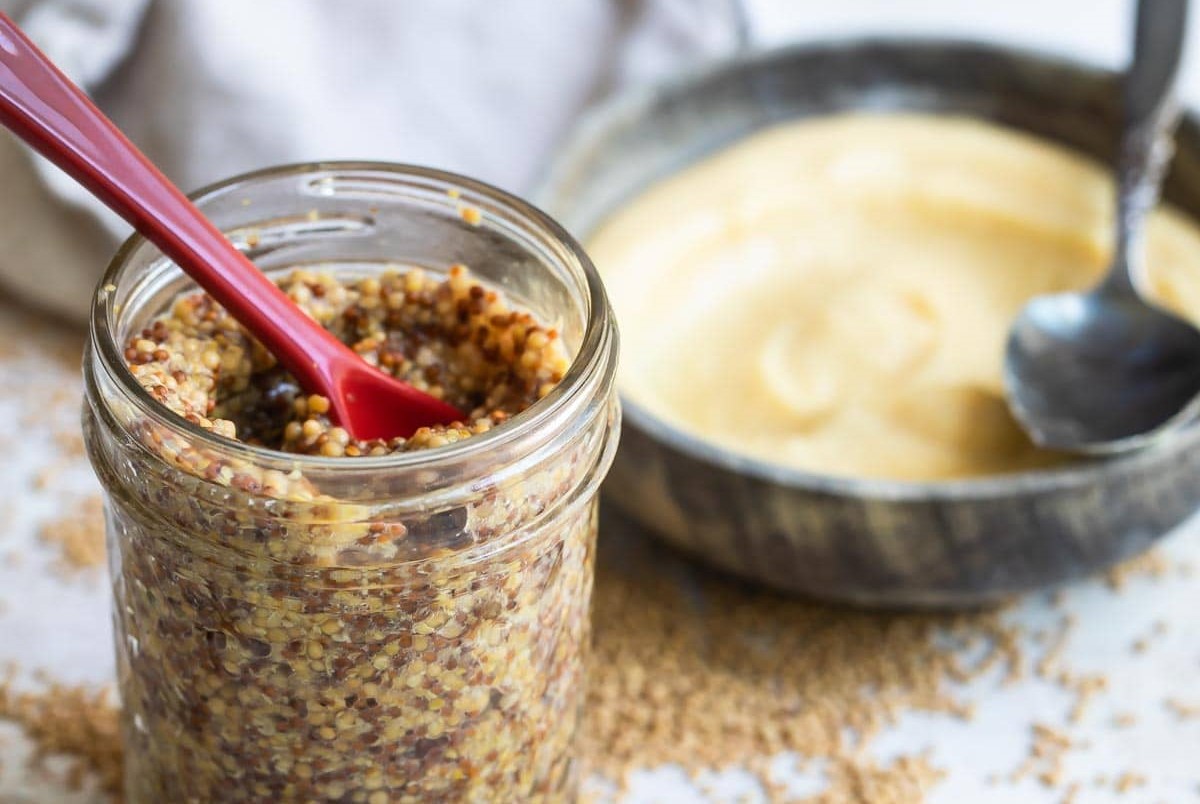

Garden Essentials
How To Make Mustard With Mustard Seeds
Modified: March 15, 2024
Learn how to make homemade mustard using garden mustard seeds. Discover the simple steps to create a flavor-packed condiment from scratch.
(Many of the links in this article redirect to a specific reviewed product. Your purchase of these products through affiliate links helps to generate commission for Storables.com, at no extra cost. Learn more)
Introduction
Welcome to the world of mustard, a versatile and flavorful condiment that has been enjoyed for centuries. Making your own mustard from scratch is not only a fun and rewarding experience, but it also allows you to customize the flavor to suit your taste preferences. In this article, we will guide you through the process of making mustard using mustard seeds.
Mustard seeds come in different varieties, each with its own distinct flavor profile. From mild yellow mustard seeds to spicy brown and pungent black mustard seeds, there is a wide range of options to experiment with. Choosing the right mustard seeds is crucial as it will significantly influence the taste of your homemade mustard.
To make mustard, you will need a few essential tools and ingredients. A spice grinder or mortar and pestle will be needed to grind the mustard seeds into a fine powder. You will also need vinegar, water, salt, and optional flavorings such as herbs, spices, or even honey to add depth and complexity to your mustard.
Once you have gathered all the necessary equipment and ingredients, the first step in making mustard is soaking the mustard seeds. Soaking helps soften the seeds and make them easier to blend. You can choose to soak the seeds in water or vinegar, depending on your preference. After soaking, the mustard seeds are ready to be ground into a paste.
Grinding the mustard seeds can be done using a spice grinder or mortar and pestle. It is essential to grind the seeds thoroughly to ensure a smooth and creamy consistency. The amount of grinding time will depend on the desired texture of your mustard. If you prefer a grainy texture, grind the seeds for a shorter duration, and for a smoother consistency, grind them for a longer time.
Once the mustard seeds are ground, it’s time to add flavor. This is where you can get creative and experiment with various flavor combinations. Common flavor additions include garlic, onions, herbs like dill or thyme, and spices like turmeric or paprika. The choice of flavors is entirely up to you, and you can adjust the quantities to suit your taste preferences.
As you add the flavorings, it’s essential to maintain the right consistency of your mustard. You can achieve this by gradually adding water or vinegar until you reach the desired thickness. Keep in mind that the mustard will thicken slightly as it matures, so it’s better to err on the side of a slightly thinner consistency.
Once your homemade mustard is ready, it’s time to store it properly to preserve its freshness and flavor. Transfer the mustard into a clean, airtight jar and store it in the refrigerator. Homemade mustard can typically be stored for several months, but it’s best to consume it within a month or two for optimal flavor.
Now that you know the basics of making mustard with mustard seeds, it’s time to unleash your creativity and experiment with different flavors and combinations. Homemade mustard not only elevates the taste of your favorite dishes but also adds a personal touch to your culinary creations. So, roll up your sleeves, gather your ingredients, and embark on a mustard-making adventure!
Note: Remember to always wash your hands and clean your equipment thoroughly before and after handling mustard seeds to maintain proper hygiene.
Key Takeaways:
- Making homemade mustard with mustard seeds is a fun and rewarding experience. Experiment with different flavors and enjoy the versatility of this customizable condiment.
- Choose the right mustard seeds to create a mustard that suits your taste preferences. Get creative with flavor combinations and enjoy the process of mustard-making.
Read more: How Many Mustard Seeds To Make Mustard
Choosing the Right Mustard Seeds
When it comes to making homemade mustard, the first step is to choose the right mustard seeds. Mustard seeds are small, round seeds that come in various colors and flavors. The type of mustard seed you choose will greatly impact the taste and intensity of your mustard. Let’s explore the different varieties of mustard seeds and their characteristics.
1. Yellow Mustard Seeds: These are the mildest and most commonly used mustard seeds. They are pale yellow in color and have a mild and slightly tangy flavor. Yellow mustard seeds are perfect for making classic yellow mustard or mild mustard variations.
2. Brown Mustard Seeds: Brown mustard seeds are slightly spicier and more pungent than yellow mustard seeds. They have a darker color and a deeper, more robust flavor. Brown mustard seeds are commonly used in Dijon mustard and other spicy mustard recipes.
3. Black Mustard Seeds: Black mustard seeds are the spiciest of all mustard varieties. They have a strong, pungent flavor and are often used in Indian and Southeast Asian cuisines. Black mustard seeds add a bold and intense kick to your mustard.
When choosing mustard seeds, consider the flavor profile you want to achieve in your mustard. If you prefer a milder taste, go for yellow mustard seeds. If you enjoy a spicier and more robust flavor, opt for brown or black mustard seeds. You can also experiment with different combinations of mustard seeds to create a unique blend that matches your taste preferences.
It’s important to note that mustard seeds have a natural protective coating called mucilage. This coating can make the seeds difficult to grind and can result in a gritty mustard texture. To remove the mucilage, you can soak the mustard seeds in water or vinegar before grinding them. Soaking not only softens the seeds but also helps in releasing their flavors.
Before purchasing mustard seeds, make sure they are fresh and of high quality. Look for seeds that are whole, dry, and free from any moisture or signs of mold. Store your mustard seeds in a cool, dry place, preferably in an airtight container, to maintain their freshness.
Now that you are familiar with the different types of mustard seeds and their characteristics, you are ready to embark on your mustard-making journey. Remember, the choice of mustard seeds is a crucial step in creating a mustard that suits your taste preferences. Enjoy the process of experimenting with different varieties and flavors to craft a homemade mustard that will impress your taste buds!
Equipment and Ingredients Needed
To embark on your mustard-making adventure, it’s essential to gather the necessary equipment and ingredients. Making mustard at home doesn’t require any specialized tools, and most of the items can be found in your kitchen. Let’s take a look at what you’ll need.
Equipment:
- Spice grinder or mortar and pestle: These are used to grind the mustard seeds into a fine powder. A spice grinder is a more convenient option, but a mortar and pestle can also get the job done.
- Bowl or container: You’ll need a bowl or container to soak the mustard seeds.
- Whisk or spoon: This will be used to mix the ingredients and ensure they are well incorporated.
- Airtight jar: Once your mustard is ready, you’ll need a clean, airtight jar for storage.
Ingredients:
- Mustard seeds: Choose the variety of mustard seeds you prefer, such as yellow, brown, or black, depending on the flavor profile you desire.
- Vinegar: This is a key ingredient that provides the necessary acidity for the mustard. You can use white wine vinegar, apple cider vinegar, or any other vinegar of your choice.
- Water: Water is used to adjust the consistency of the mustard and achieve the desired thickness.
- Salt: Salt helps enhance the flavor of the mustard and balance the tanginess. Use kosher salt or sea salt for the best results.
- Additional flavorings (optional): You can choose to add various flavorings to your mustard to customize the taste. This can include ingredients like garlic, onions, herbs (such as dill or thyme), spices (like turmeric or paprika), or even honey for a touch of sweetness.
It’s important to use high-quality ingredients for the best results. Fresh, whole mustard seeds will yield a more flavorful mustard, so make sure to check for their freshness before starting. Also, ensure that the vinegar and other flavorings you use are of good quality to enhance the overall taste.
Before you begin making mustard, gather all the equipment and ingredients and set them up on your kitchen countertop. This way, you’ll have everything you need within reach, making the process smooth and enjoyable.
Now that you have your equipment and ingredients ready, it’s time to move on to the next steps of making mustard from scratch. Get ready to dive into the wonderful world of flavors and create your own personalized mustard masterpiece!
Soaking and Grinding the Mustard Seeds
Now that you have gathered all the necessary equipment and ingredients, it’s time to dive into the process of making mustard. The first crucial step is soaking and grinding the mustard seeds. This process helps soften the seeds and release their flavors, resulting in a smooth and creamy mustard.
Soaking the Mustard Seeds:
Start by measuring the desired amount of mustard seeds according to your recipe. Typically, a ratio of 1 part mustard seeds to 1 part liquid (vinegar or water) is a good starting point. Place the mustard seeds in a bowl or container, and then add the liquid of your choice.
The liquid can be either water or vinegar, depending on your preference. Both options work well, but using vinegar can enhance the tanginess and add depth to the mustard’s flavor. You can experiment with different types of vinegar, such as white wine vinegar, apple cider vinegar, or even balsamic vinegar, to impart unique flavors.
Stir the mustard seeds and liquid mixture to ensure that the seeds are well coated. Allow the seeds to soak for at least 4 hours or overnight, depending on the desired intensity of the mustard flavor. The longer the seeds soak, the softer they will become, making it easier to achieve a smooth consistency during grinding.
Grinding the Mustard Seeds:
After the mustard seeds have soaked, it’s time to grind them. There are two common methods for grinding mustard seeds: using a spice grinder or a mortar and pestle.
If using a spice grinder, transfer the soaked seeds along with some of the soaking liquid, into the grinder. Grind the mixture in short bursts, pulsing the grinder until the desired texture is achieved. The more you grind, the smoother and creamier the mustard will be. Be careful not to over grind, as it can result in a bitter taste.
If using a mortar and pestle, transfer the soaked seeds into the mortar and begin crushing and grinding them with the pestle. Apply gentle pressure and use a circular motion to break down the seeds. Continue grinding until the mustard seeds form a thick, paste-like consistency.
During the grinding process, you may need to add small amounts of the soaking liquid to achieve the desired texture. This will help bind the mustard seeds together and create a smooth paste. If necessary, you can also adjust the consistency by adding a little more liquid at a time. Remember, it’s better to start with a thinner consistency as the mustard will thicken slightly as it matures.
Once the mustard seeds are ground to your desired consistency, your homemade mustard is ready to take on its flavor profile. In the next steps, you will have the opportunity to add various flavorings and adjust the consistency to create a mustard that suits your taste preferences.
Now that you have successfully soaked and ground the mustard seeds, you’re well on your way to creating a delicious homemade mustard. Get ready to infuse your mustard with an array of flavors and make it truly your own!
Soak mustard seeds in vinegar or water for 24 hours. Blend with salt, sugar, and spices. Adjust consistency with more liquid. Enjoy homemade mustard!
Adding Flavor to the Mustard
With the mustard seeds soaked and ground to perfection, it’s time to take your homemade mustard to the next level by adding flavor. This is where you can get creative and infuse your mustard with a variety of herbs, spices, and other ingredients to create a unique and personalized taste. Let’s explore some delicious flavor additions for your mustard:
1. Garlic and Onion: For a savory kick, add minced garlic and finely chopped onion to your mustard. These aromatic ingredients will add depth and complexity to the flavor profile.
2. Herbs: Fresh or dried herbs can transform your mustard into something truly special. Experiment with herbs like dill, thyme, rosemary, or tarragon to add a herbal twist.
3. Spices: Sprinkle in some spices to elevate the taste of your mustard. Turmeric, paprika, cayenne pepper, or even smoked paprika can bring a touch of warmth and complexity to the flavor profile.
4. Honey or Maple Syrup: For a hint of sweetness, add a drizzle of honey or maple syrup to balance the tanginess of the mustard. This addition can create a harmonious blend of flavors.
5. Hot Peppers: If you love a fiery kick, consider adding diced hot peppers or a dash of hot sauce to your mustard. Jalapenos, habaneros, or even a pinch of cayenne pepper can dial up the spice factor.
When adding flavorings to your mustard, it’s important to start with small amounts and adjust according to your taste preferences. Remember, you can always add more, but it’s challenging to tone down the flavors once they are too strong. Mix the flavor additions into the ground mustard seeds until well incorporated.
Aside from the ingredients listed above, the choices are endless. Feel free to experiment with different combinations based on your personal taste preferences. You can also draw inspiration from your favorite store-bought mustards or traditional recipes to create unique flavor profiles.
Once the flavorings are added, taste your mustard and make any necessary adjustments. If you find the mustard too spicy, you can temper the heat by adding a small amount of honey or a touch of sugar. On the other hand, if you prefer a spicier kick, you can add a bit more of the desired spicy elements.
Remember to give the flavors time to meld together by letting the mustard sit for a few hours or overnight in the refrigerator. This resting period allows the flavors to mingle and deepen, resulting in a more rounded and complex taste.
Now that you have added the perfect blend of flavors to your mustard, it’s time to fine-tune the consistency before storing and using your homemade creation. Keep reading to discover how to achieve the desired thickness of your mustard.
Read more: How To Grow Mustard Seeds
Adjusting the Consistency
After adding the desired flavors to your homemade mustard, it’s time to focus on adjusting the consistency of the mustard. The consistency plays a crucial role in the overall texture and spreadability of the mustard. Here are some tips to help you achieve the perfect consistency:
1. Adding Liquid: To achieve a smoother and more spreadable mustard, you can gradually add water or vinegar to the mixture. Start by adding small amounts at a time, and mix well. The liquid helps thin out the mustard and make it easier to spread.
2. Mustard Grain Texture: If you prefer a grainier texture in your mustard, it’s best to keep the added liquid to a minimum. This will allow the mustard seeds to be more prominent and provide a delightful texture to your condiment.
3. Thickness: As you adjust the consistency, it’s important to keep in mind that the mustard will thicken slightly as it matures. Therefore, it’s better to err on the side of a slightly thinner consistency, as it will thicken over time. You can always add a thickening agent, such as a small amount of flour or cornstarch, if necessary.
4. Taste and Test: While adjusting the consistency, don’t forget to frequently taste and test your mustard. This will allow you to gauge the flavor balance and make any necessary adjustments to the overall taste.
5. Gradual Adjustments: Remember that it’s easier to thin out a thick mustard by adding more liquid gradually than it is to thicken a runny mustard. So, it’s always best to start with a thinner consistency and adjust as needed.
As you work on adjusting the consistency, be patient and take your time. It’s essential to reach the texture that you find most appealing. Keep in mind that mustard does have a shelf life, so it’s better to err on the side of caution and create a texture that you will enjoy for an extended period.
Once you have achieved the desired consistency, give your mustard one final taste test to make sure the flavors and texture are just right. If any adjustments are needed, go ahead and make them before proceeding to the next step.
Now that you have perfected the consistency of your homemade mustard, it’s time to move on to storing and using your creation. Discover the best methods for storing and enjoying your mustard in the following section.
Storing and Using Homemade Mustard
Congratulations on creating your delicious homemade mustard! Now that it’s ready, it’s important to know how to properly store it to maintain its freshness and flavor. Here are some tips on storing and using your homemade mustard:
1. Storage:
Transfer your homemade mustard into a clean, airtight jar or container. Make sure the jar is thoroughly washed and dried to prevent any contamination. A glass jar is recommended as it will help preserve the flavor and prevent any unwanted reactions with the mustard. Label the jar with the date made for reference.
Store the mustard in the refrigerator to maintain its freshness and quality. The cool temperature helps slow down the natural process of oxidation and prolongs the shelf life of the mustard. Homemade mustard can generally be stored for several months, but it’s best to consume it within a month or two for the best flavor.
2. Flavor Development:
Allow your homemade mustard to rest in the refrigerator for at least 24 hours. This resting period allows the flavors to develop and meld together, resulting in a more harmonious taste. The flavors will continue to develop and intensify over time, so the longer you let it rest, the more pronounced the flavors will become.
3. Versatile Uses:
Homemade mustard is incredibly versatile and can be used in a variety of dishes. Here are some popular ways to enjoy your homemade mustard:
- Spread it on sandwiches or burgers for an extra kick of flavor.
- Use it as a dip for pretzels, veggies, or grilled sausages.
- Incorporate it into salad dressings, marinades, or sauces for added zing.
- Pair it with cheese and charcuterie for a delightful flavor combination.
- Use it as a glaze for roasted meats or vegetables.
4. Experiment and Adapt:
Feel free to experiment with your homemade mustard by adding different flavors or adjusting the levels of existing ingredients. This will allow you to create unique variations that suit your taste preferences. Keep a record of your adaptations and note what works best for future reference.
5. Share and Gift:
Don’t forget to share your homemade mustard with family and friends! It makes for a thoughtful and delicious gift. Package it in a decorative jar or container, add a personalized label, and share the joy of homemade condiments.
Remember to periodically check your homemade mustard for any signs of spoilage. If you notice any off smells, mold growth, or changes in texture or color, it’s best to discard the mustard to ensure your safety.
Now that you know how to store and use your homemade mustard, enjoy the fruits of your labor and savor the distinct flavors and quality that come from making your own condiment. Get creative in the kitchen and explore different ways to incorporate your homemade mustard into your favorite recipes!
Enjoy the satisfaction and pride of having made a delicious and flavorful mustard from scratch. Happy mustard-making!
Conclusion
Congratulations! You have successfully embarked on a journey to create homemade mustard using mustard seeds. By following the steps outlined in this article, you have learned how to choose the right mustard seeds, gather the necessary equipment and ingredients, soak and grind the mustard seeds, add flavorful ingredients, adjust the consistency, and store and use your homemade mustard.
Making mustard from scratch allows you to experience the joy of creating a flavorful condiment tailored to your personal taste preferences. The versatility of homemade mustard opens up a world of possibilities, whether it’s spreading it on sandwiches, using it as a dip, incorporating it into dressings or marinades, or exploring unique flavor combinations.
Throughout the process, you’ve had the opportunity to experiment and get creative by adding additional flavorings and adjusting the consistency of your mustard. This has allowed you to craft a mustard that is truly your own, a condiment that reflects your unique palate and culinary preferences.
Remember, mustard-making is an ongoing adventure. Feel free to continue exploring new flavor combinations, experimenting with different types of mustard seeds, and adapting the recipe to suit your evolving tastes. Keep notes on your adaptations and share your homemade mustard with others to spread the joy and delight of your culinary creation.
From choosing the right mustard seeds to storing and using your homemade mustard, you have acquired the knowledge and skills to become a mustard-making expert. Embrace the process, enjoy the flavors, and take pride in the fact that you are now able to create a delicious condiment from scratch.
So, go ahead and savor the fruits of your labor, embrace the possibilities, and let your creativity flow as you continue to explore the wonderful world of mustard-making. Bon appétit!
Frequently Asked Questions about How To Make Mustard With Mustard Seeds
Was this page helpful?
At Storables.com, we guarantee accurate and reliable information. Our content, validated by Expert Board Contributors, is crafted following stringent Editorial Policies. We're committed to providing you with well-researched, expert-backed insights for all your informational needs.
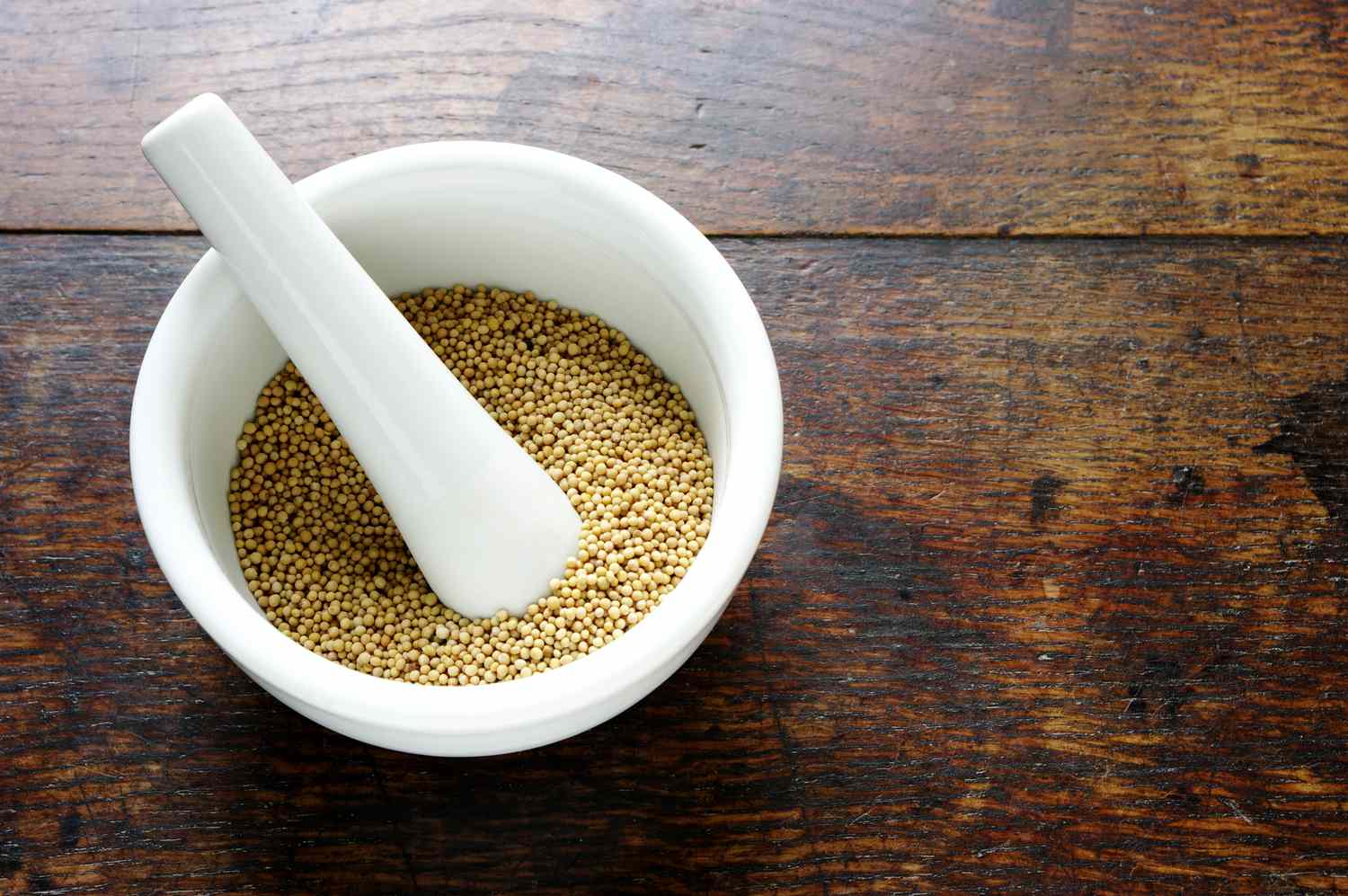
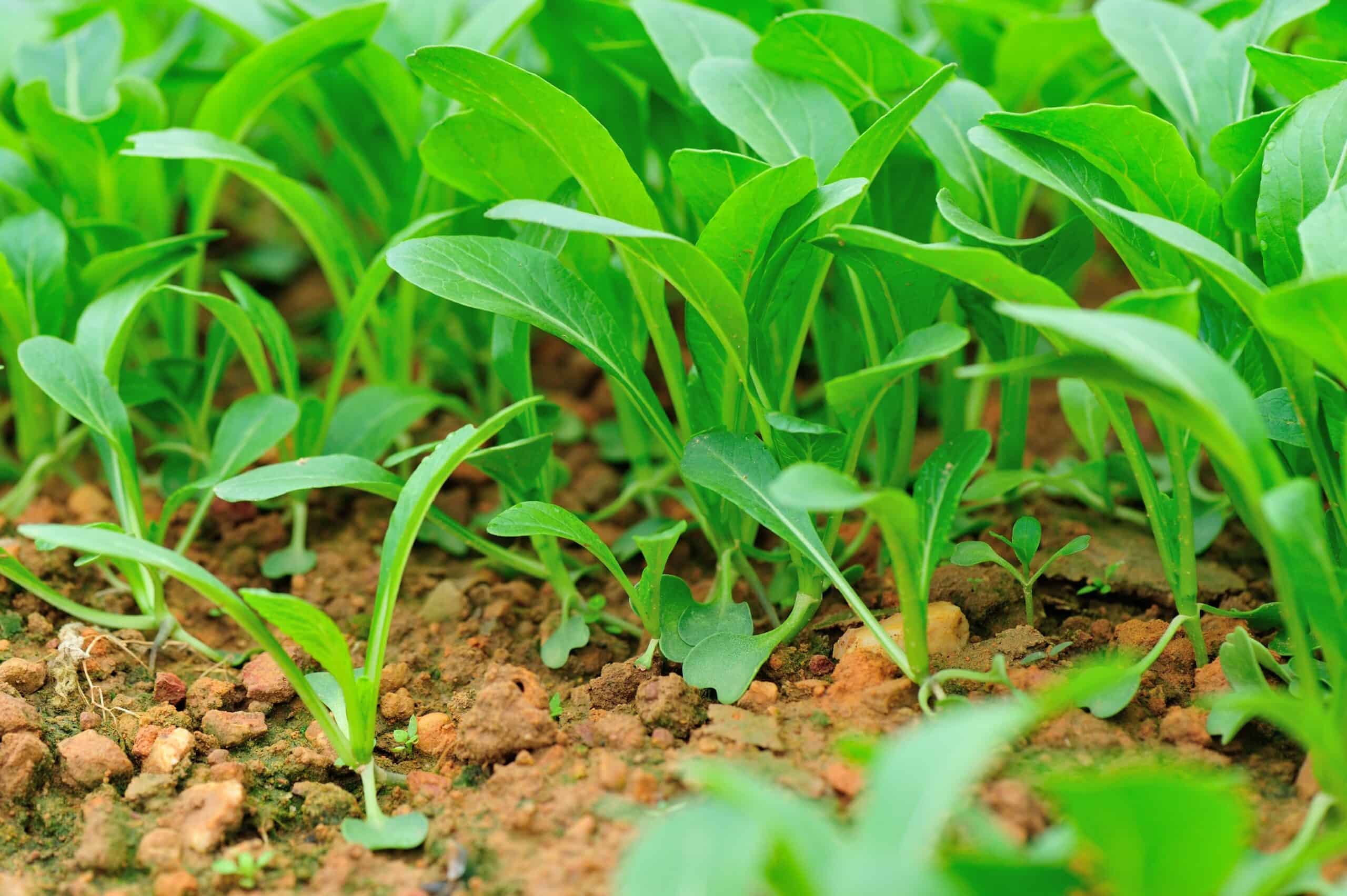
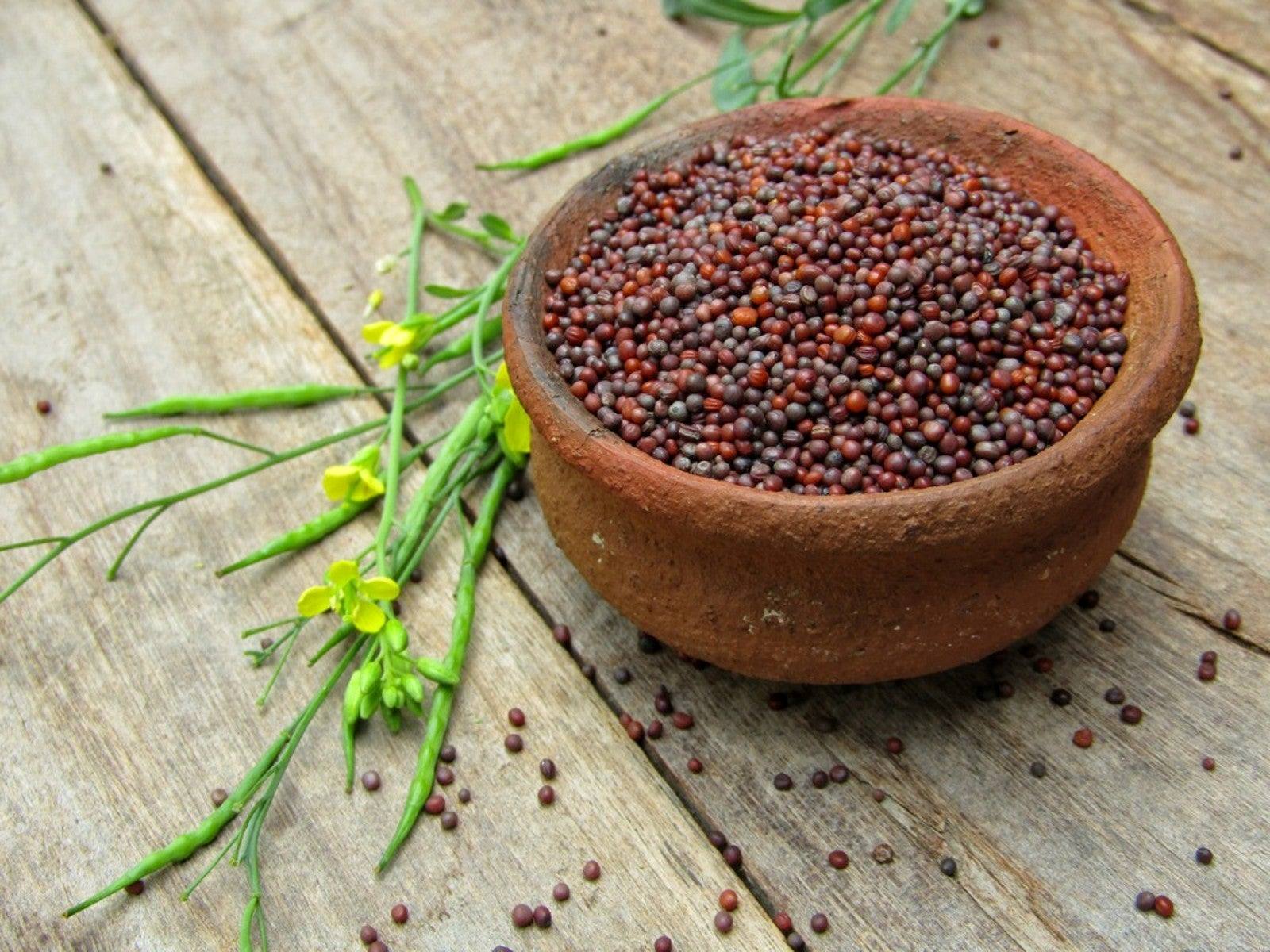
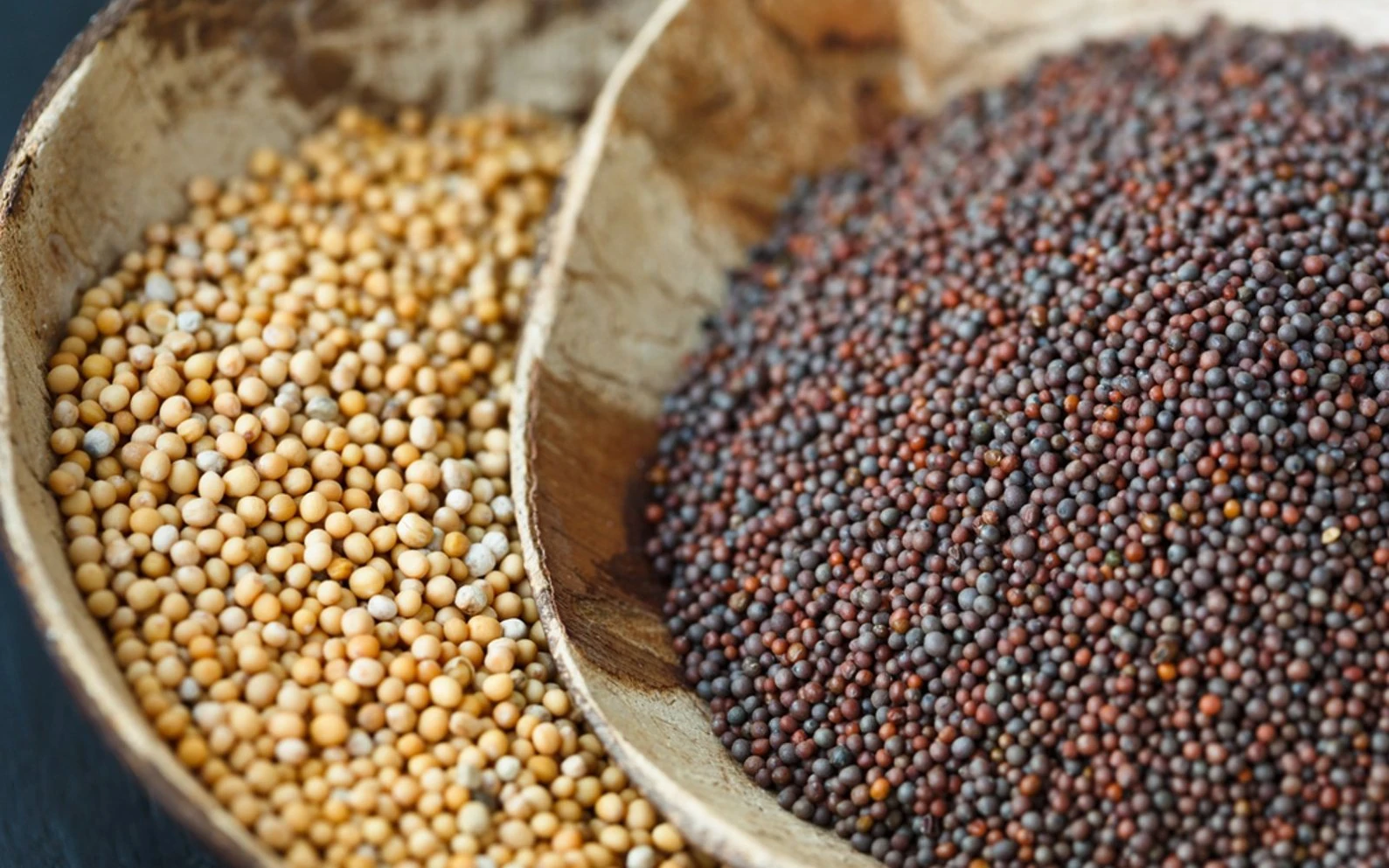
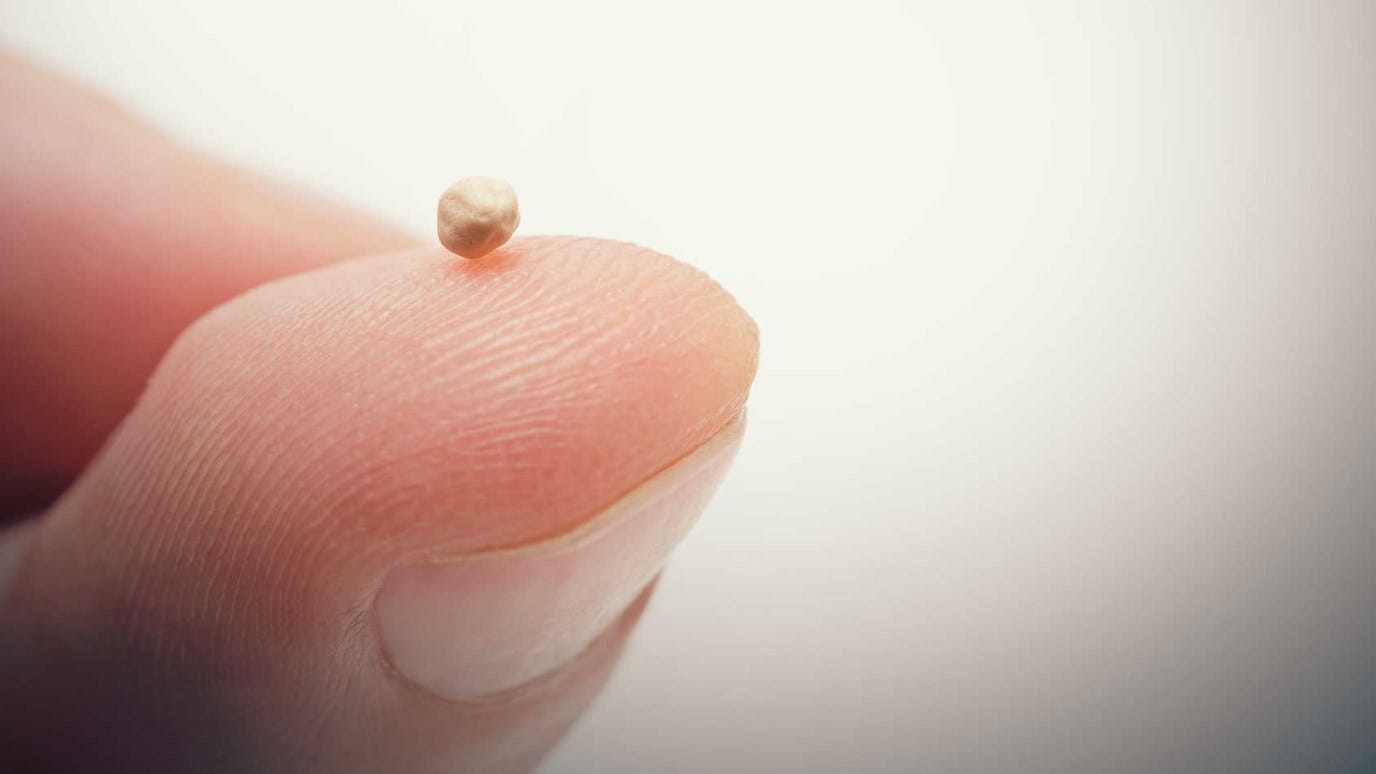
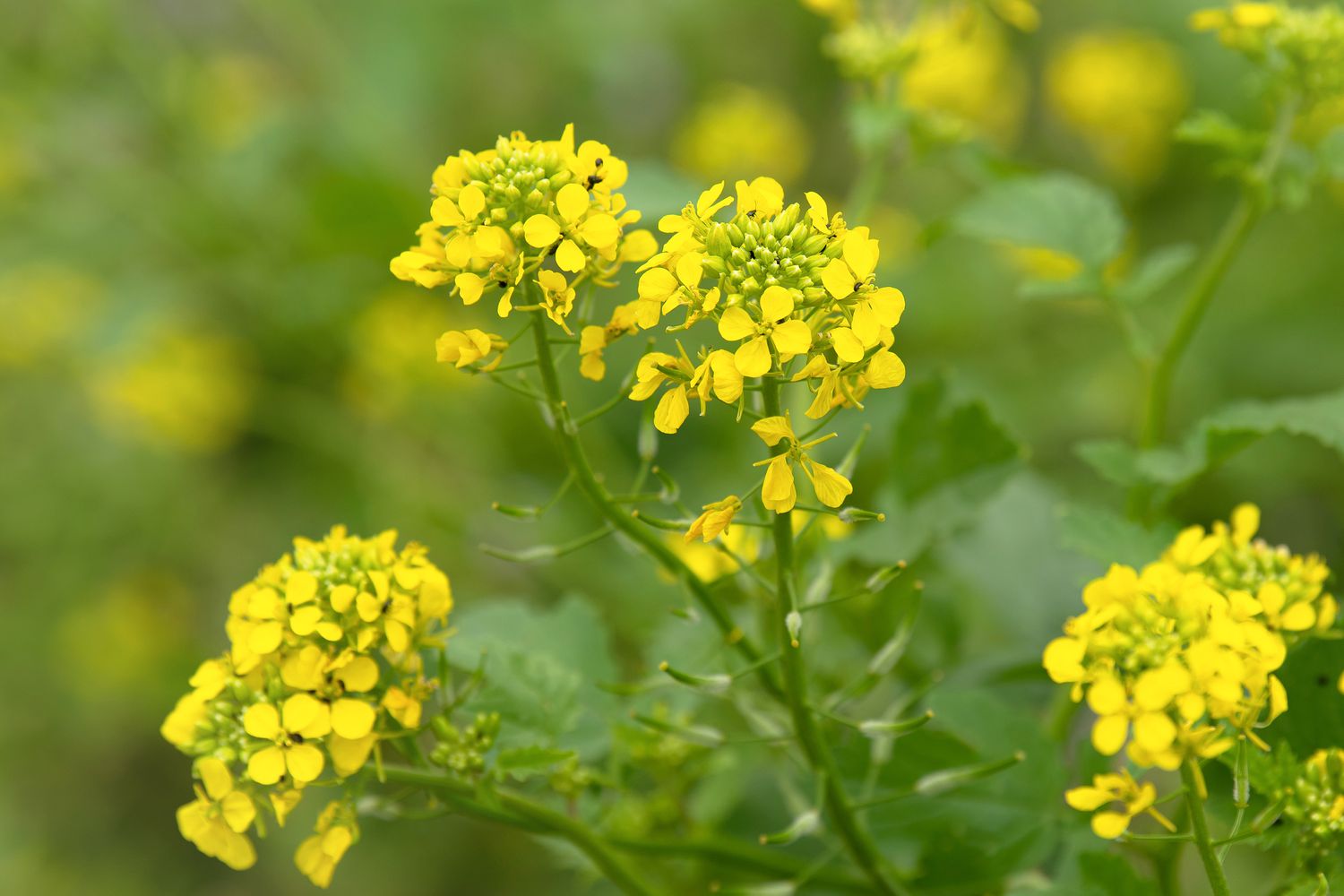
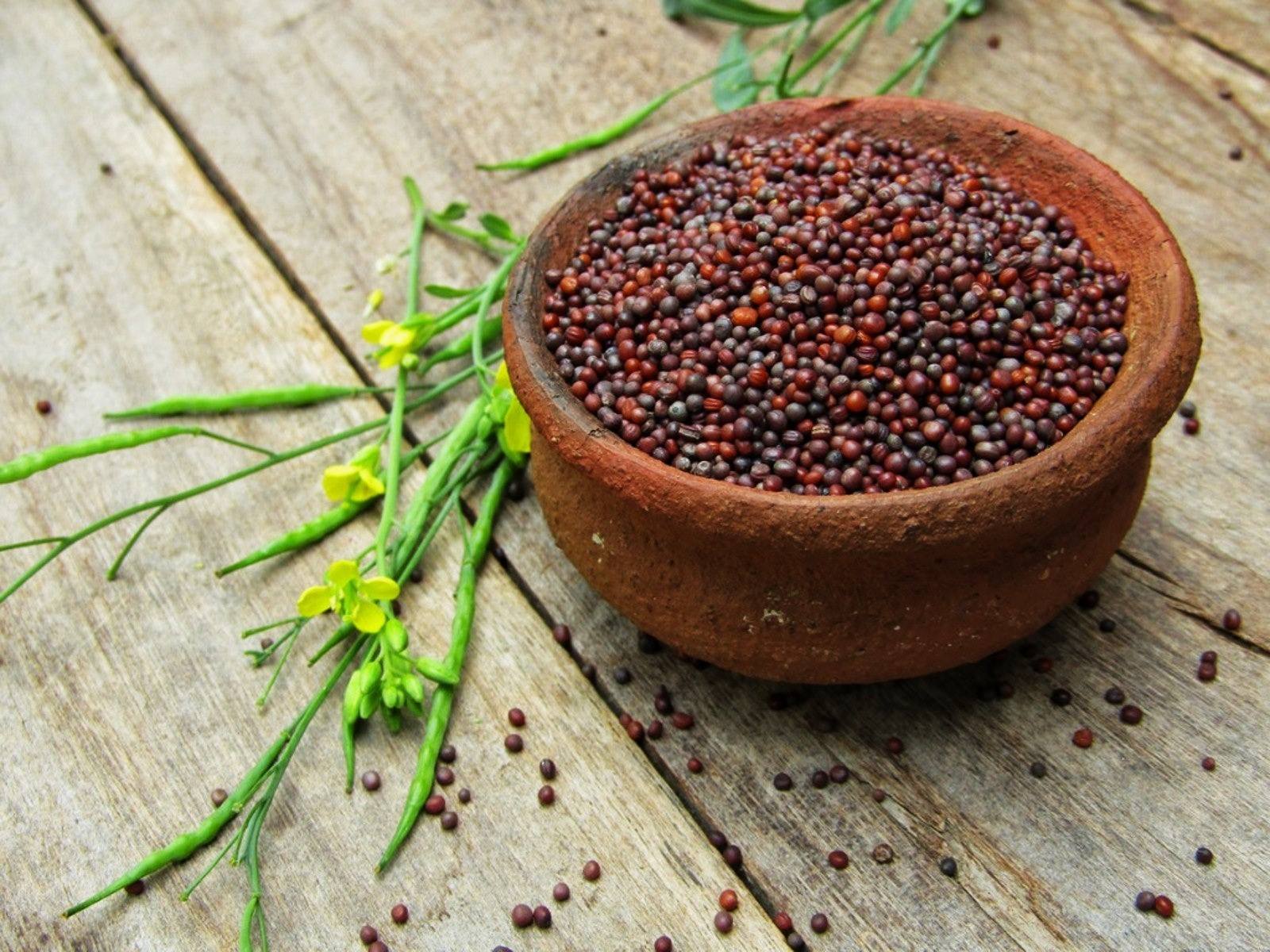
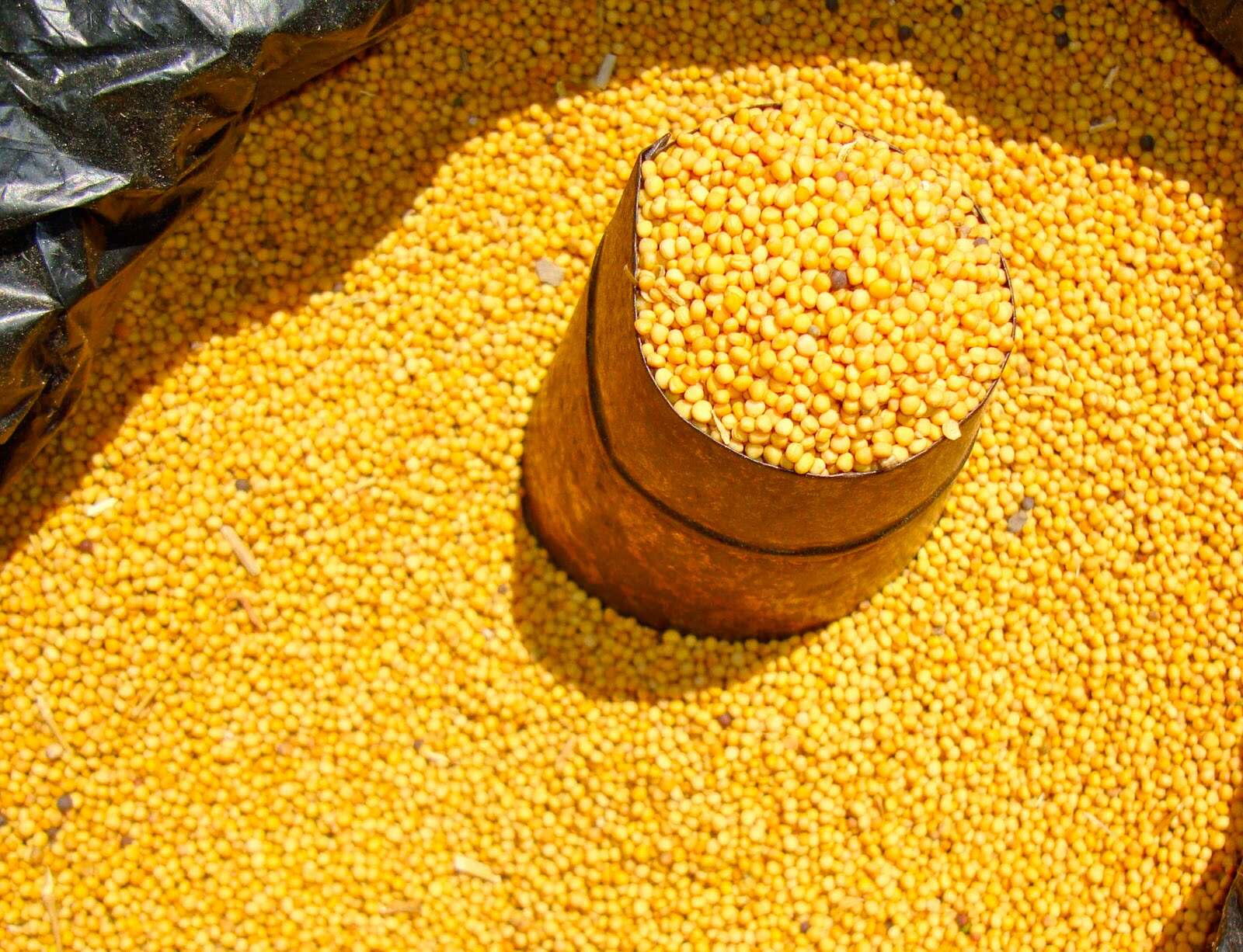
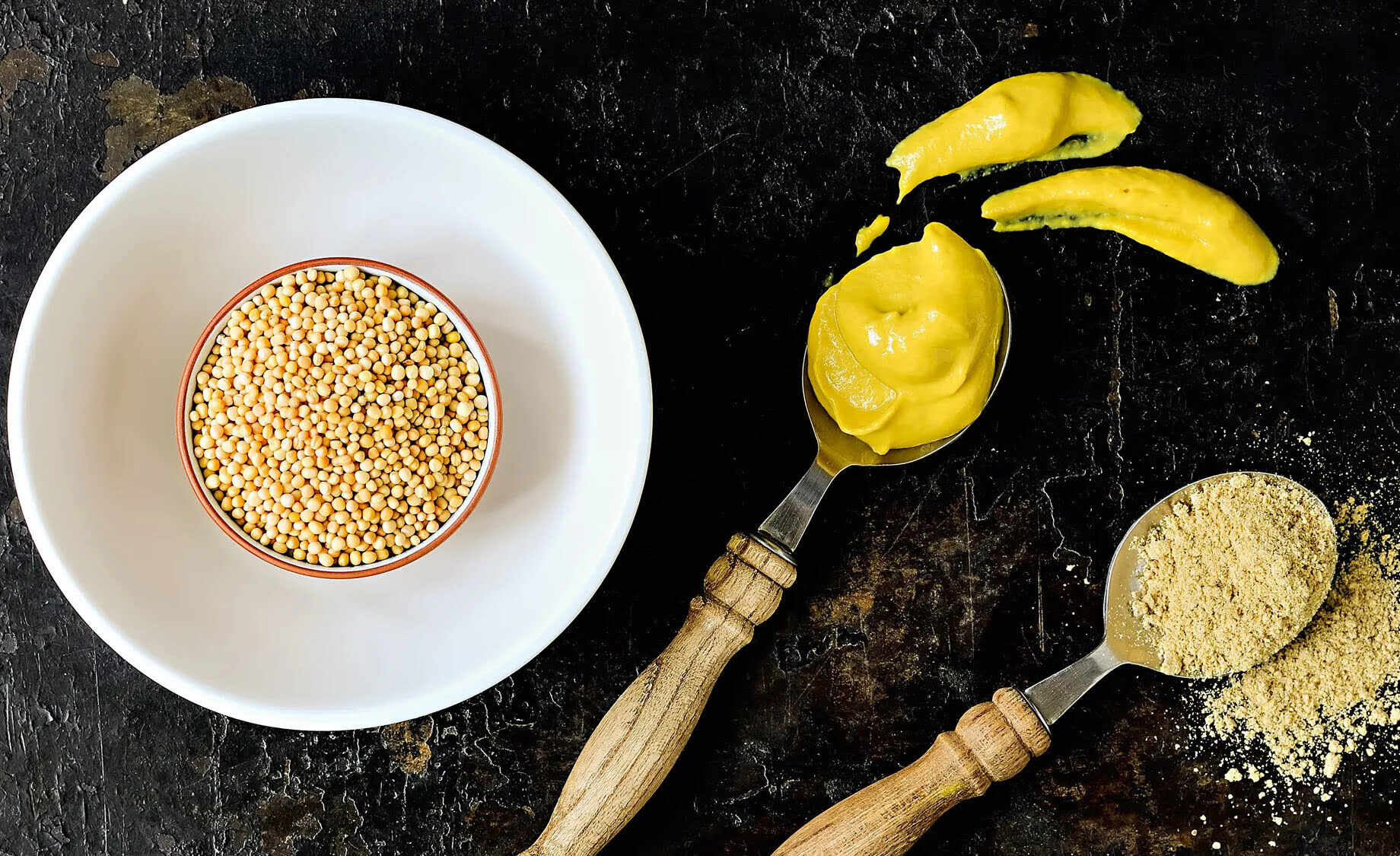

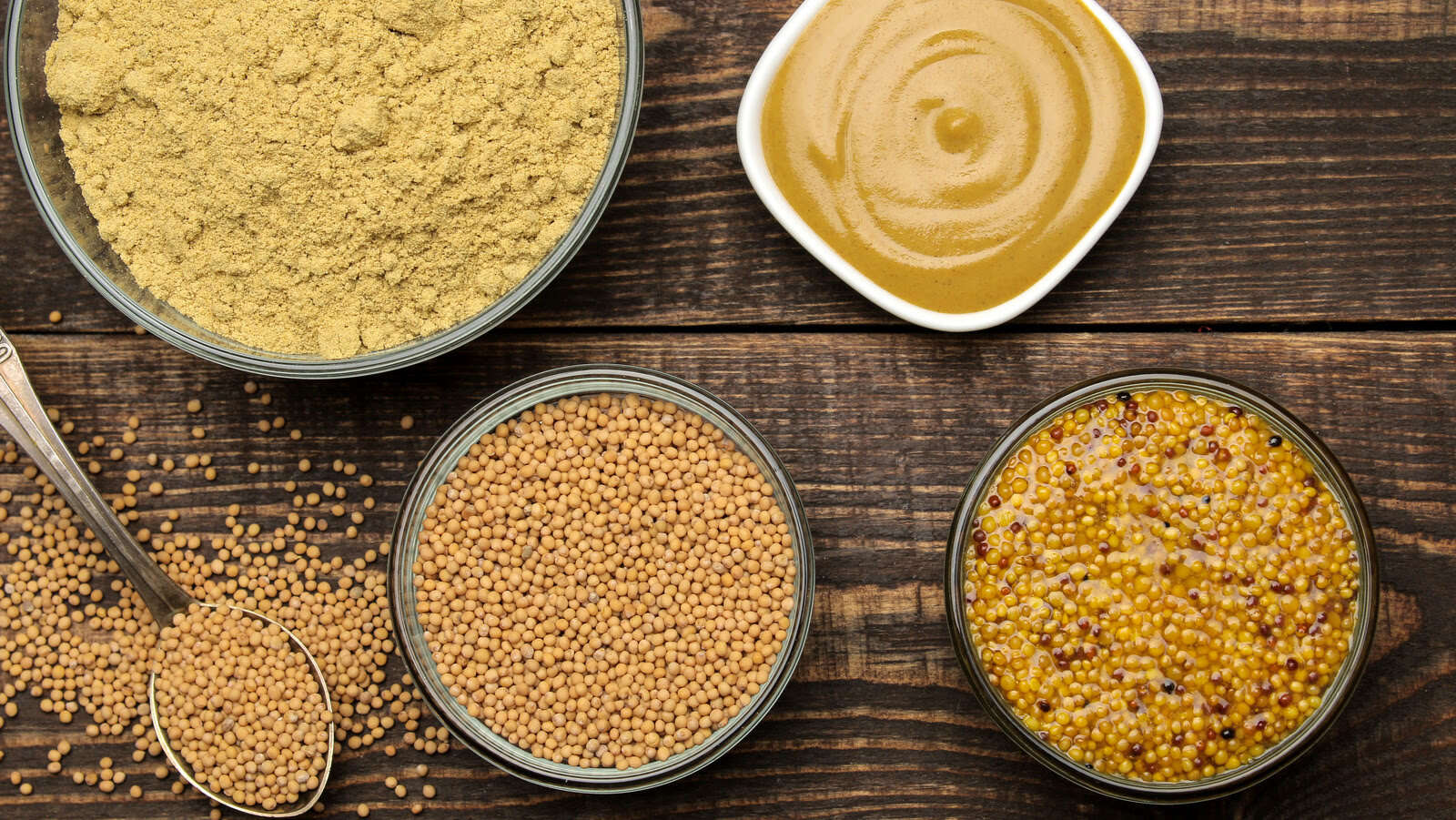
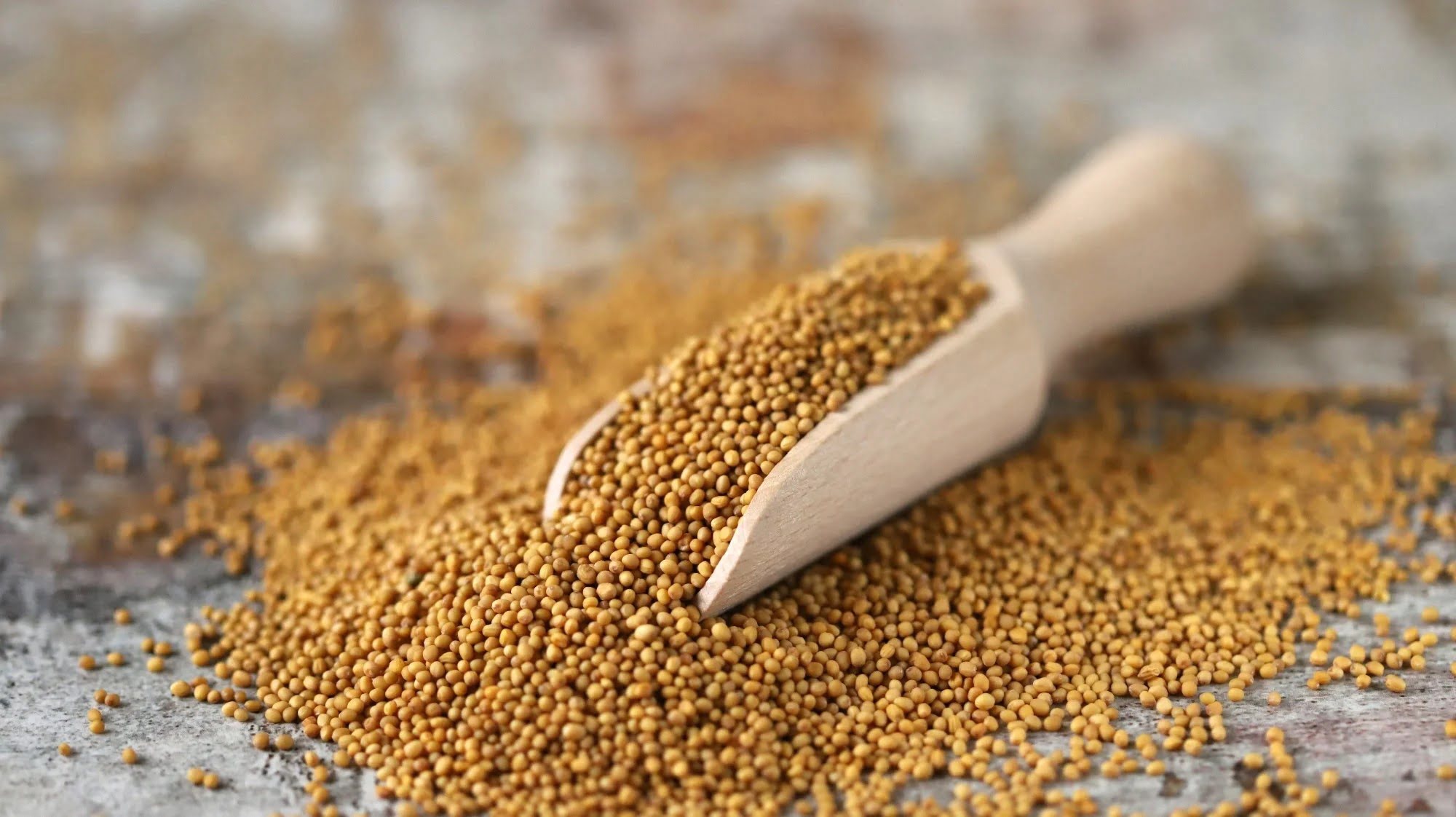
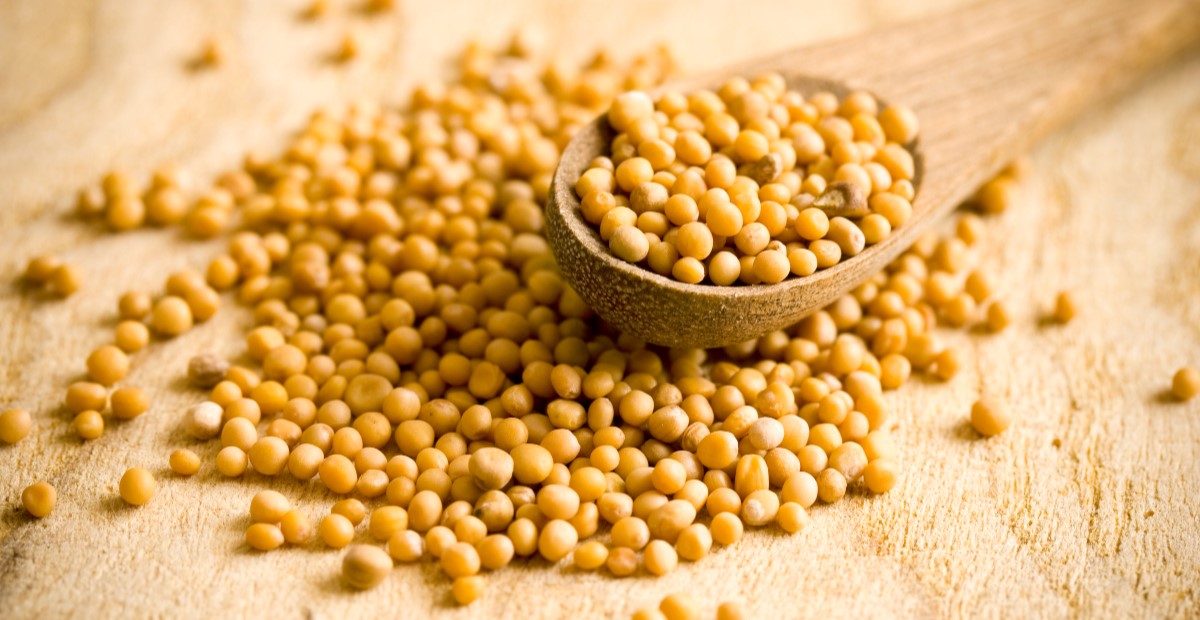
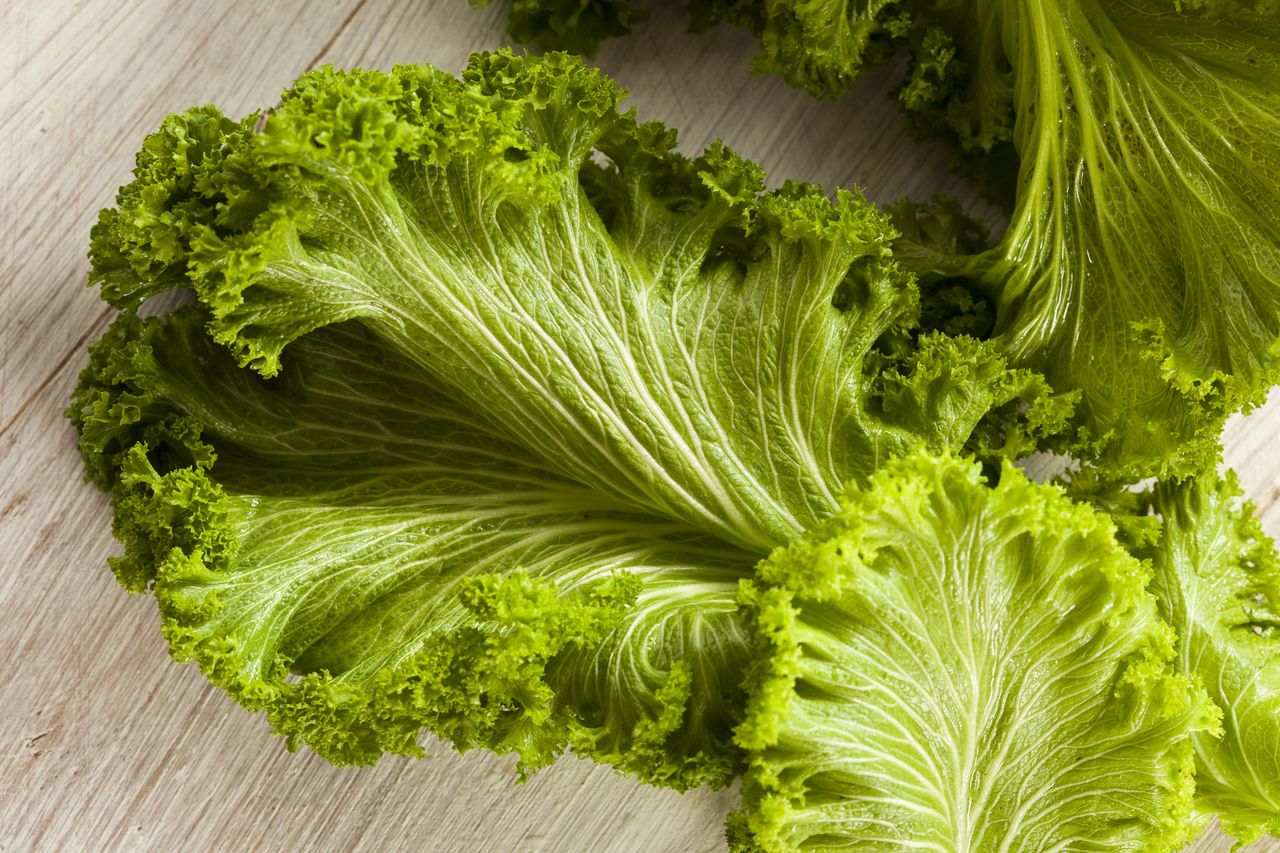

0 thoughts on “How To Make Mustard With Mustard Seeds”